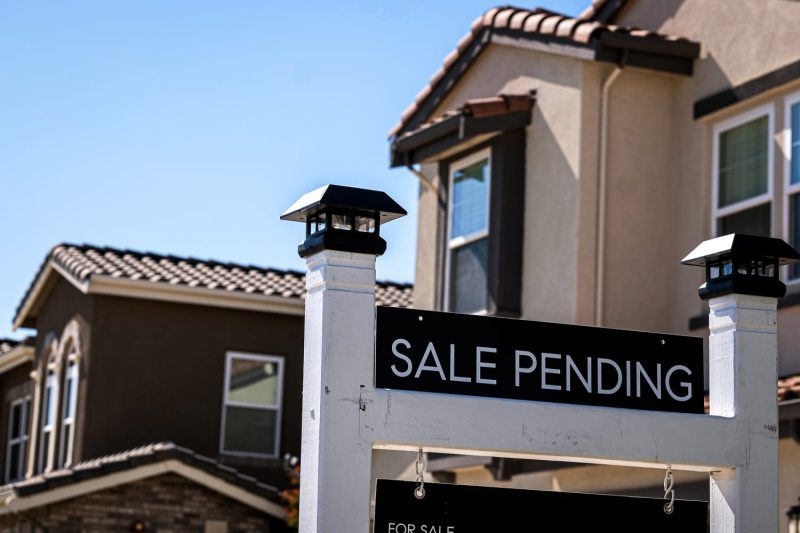Pending home sales experienced a significant slump in April, reaching the lowest level recorded since the onset of the COVID-19 pandemic. This notable dip, primarily due to an acute shortage of available properties and soaring prices, affecting both existing and first-time homebuyers, represents a curious deviation from the sales boom witnessed over most of 2020.
Following a period of unprecedented growth in the housing market during 2020 and early 2021, the significant reduction in pending home sales in April illustrates a shifting trend in the real estate sector. According to the National Association of Realtors (NAR), pending home sales plunged by 4.4% compared to the previous month, providing a glaring contrast to the 51% surge witnessed in the same period of 2020. It is noteworthy to mention that the impact of this decrease varies across different regions due to distinct market dynamics.
The fallout can attributed to the shrinking availability of properties and the skyrocketing prices. The supply shortage owes much of its existence to a decline in construction of new homes, largely due to COVID-19 related disruptions, inflated costs of raw materials, and a labor shortage in the construction industry. This has caused the prices of available homes to soar, reaching nearly unreachable heights for many prospective buyers.
Moreover, the swelled prices and limited availability of homes have made it particularly challenging for first-time homebuyers to step onto the property ladder. Despite historically low mortgage rates, the ability to purchase a home has become increasingly difficult, with the demand far outstripping the supply. This has elicited concern among real estate experts who worry that this could lead to an affordability crisis, particularly affecting younger generations, low-income households, and people of color.
Further, the stagnation has also affected sellers who, despite the high prices and the supposed ‘seller’s market’, confront significant challenges. Prospective sellers are restrained by their inability to find new homes to move into, thereby creating a cycle of insufficient property availability.
Looking at the regional differences, the West experienced the steepest decline with a 7.9% monthly drop. Following this were Midwest and the South, with a reduction of 3.5% and 2.7% respectively. However, the North saw its pending home sales climb 2.4%, indicating unique regional dynamics at play.
In stark contrast to the retail and luxury sector, the slump in pending home sales indeed suggests an evolving narrative in the housing market. April’s sales were 20.5% higher than in April 2020, but the difference can be misleading as April 2020 represented the height of the pandemic’s market disruptions. Therefore, economists suggest that the annual comparisons might not hold much weight in the current situation.
As another wave of the pandemic unfolds, the declining trend of pending home sales underscores the long-term effects of the pandemic on the housing market. It highlights the issues of supply shortage, inflated home prices, and an ensuing affordability crisis. It is clear that the road to recovery may be winding, and the real estate industry, like many other sectors, must grapple with the aftermath of the pandemic while forging a path ahead for prospective homebuyers and sellers.




